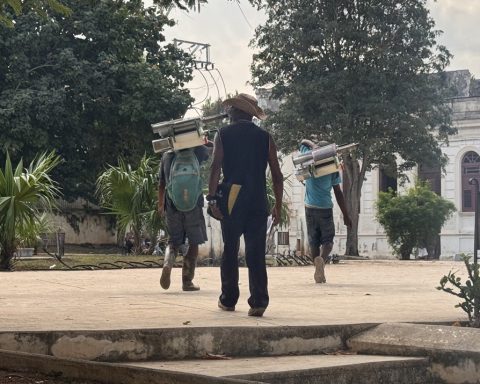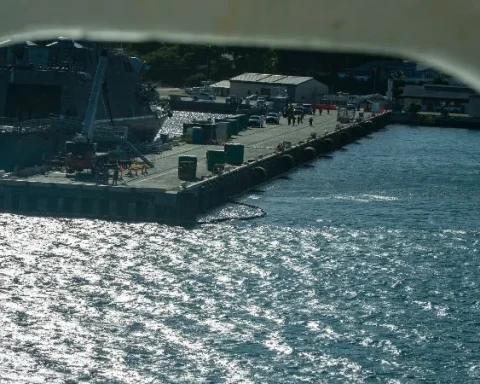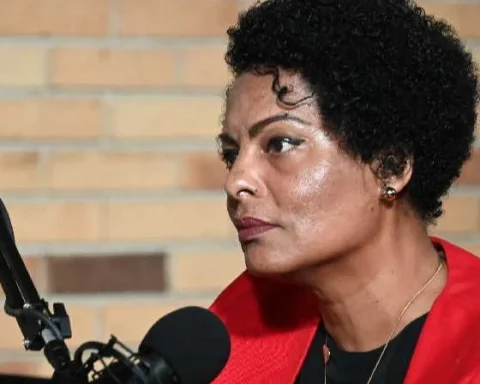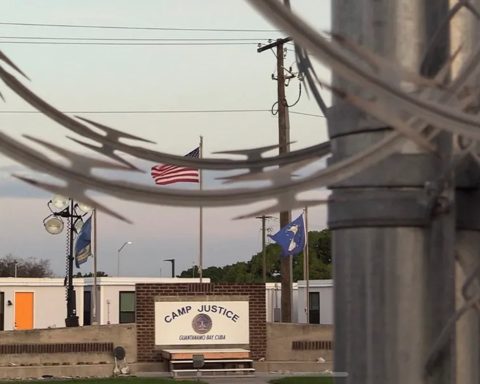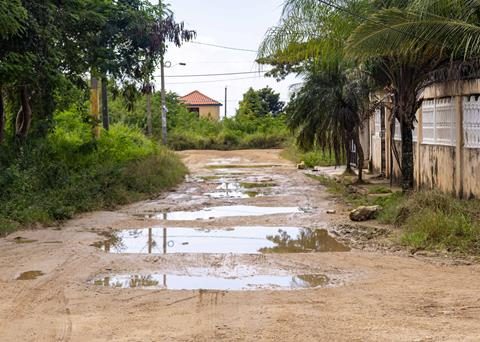Havana Cuba. — This September 14 marks the 33rd anniversary of the death, in Mexico City, of Cuban pianist, composer and arranger Dámaso Pérez Prado, known as “the king of mambo.”
It was not known exactly how old the famous musician was when he died – with his health broken by diabetes and the amputation of a leg -, because there is no certainty about the year in which he was born, on December 11, in Matanzas. It could have been in 1917, as stated by Radamés Giró in the Encyclopedic Dictionary of music in Cubaor in 1922, as Cristóbal Díaz Ayala assures, in MCuban music, from areyto to rap.
In Cuba, the cultural authorities left with the date of Radamés Giró, and the centenary of Pérez Prado’s birth was commemorated, quite discreetly, in 2017.
Having developed most of his career in Mexico (a country he considered his second homeland) and in the United States, Pérez Prado is one of the many diaspora artists whom decision-makers in official culture prefer to ignore. Something that is very unfair, not only because of the importance of the mambo for Cuban popular music, but also because the Castro regime owes Pérez Prado the Americas Suites, which they appropriated without asking permission to use it as a solemn soundtrack in tributes to one of its main icons, Che Guevara.
Very few in Cuba know it, not only because of the unusualness in Pérez Prado’s repertoire of this type of orchestral composition, but also because the bosses who took over the Suite of the Americas They have never given credit to its author or referred to how and why they chose it to dedicate it to Guevara.
Since Elvis Presley himself was not the inventor of the rock and rolll, Pérez Prado did not invent the mambo either, but he was the one who popularized it internationally from 1948.
The true creators of the mambo were the brothers Orestes and Israel (Cachao) López, one a pianist and the other a double bass player, who in 1939, when they played in the ensemble Arcanum and its Wondersthey called one of the orchestra’s pieces Mambo, a danzón whose time was sped up.
what touched by Arcanum and its Wonders called mambo, and whose tempo was accelerated even more by the composer and tres player Arsenio Rodríguez, was transformed by Pérez Prado, who mixed swing and Cuban rhythms.
Pérez Prado incorporated trumpets, saxophones and trombones to his ensemble, in the manner of the jazz band North American, and with his guttural cry (aaahugh!) he imprinted a very peculiar stamp on it.
Regarding the mambo, of which he stubbornly claimed responsibility, Pérez Prado explained: “The saxophones carry the syncopation in all the motifs, the trumpet carries the melody and the bass the accompaniment, combined with bongos and congas… From that combination of music and rhythm comes out the mambo”.
Pérez Prado, who had been a pianist in the Paulina Álvarez orchestras, Sonora Matanzas Y Beach Casinoin 1947 he was convinced by the singer Kiko Mendive to settle in Mexico —which, at the time, was the mecca of records and cinema in Latin America— and try his luck there.
In Mexico, Pérez Prado created his own orchestra, which became very popular and where Benny Moré sang for a while. His mambo pieces were so many that after How delicious the mambofrom 1949 (which sold four million records), he did not give many names, but numbers, the best known being Mambo number five, which, after appearing in the film the soft onewas the first of many Pérez Prado compositions to appear on Mexican and North American film soundtracks.
In 1955, Cherry Pink (and Apple Blossom White)by Pérez Prado, sold 1,800,000 copies, earning a gold record and becoming the single of the year on the Billboard magazine list, above rock around the clock of Bill Haley and his Comets.
Another of Pérez Prado’s most popular pieces was Patriciawhich in 1960 sold five million records and was used by the Italian director Federico Fellini for the soundtrack of his film La Dolce Vita (The Sweet Life).
Pérez Prado has influenced the work of salseros such as Tito Puente and Willy Colón, guitarist Carlos Santana and several generations of Cuban musicians, from Benny Moré to the main interpreters of the so-called timba in the last 30 years.
OPINION ARTICLE
The opinions expressed in this article are the sole responsibility of the issuer and do not necessarily represent the opinion of CubaNet.
Receive information from CubaNet on your cell phone through WhatsApp. Send us a message with the word “CUBA” on the phone +525545038831, You can also subscribe to our electronic newsletter by giving click here.

